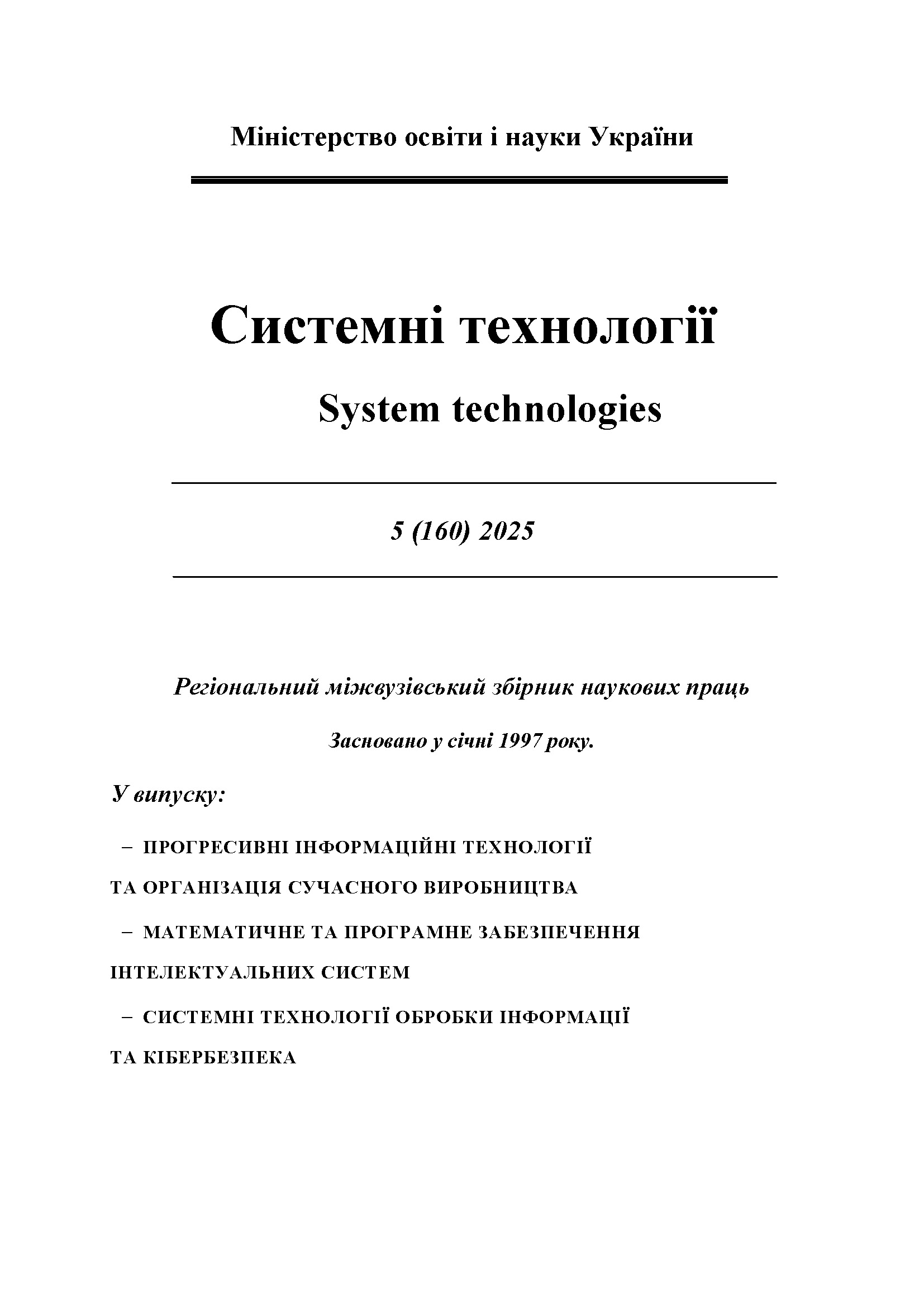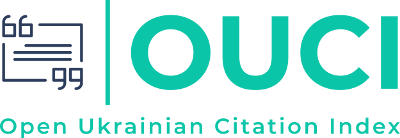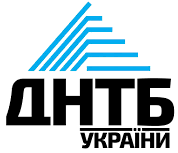Optimization of hydrotransport system parameters taking into account reliability criteria
DOI:
https://doi.org/10.34185/1562-9945-5-160-2025-14Keywords:
hydraulic transportation systems, reliability, waterjet wear, stochastic modeling, pipeline, submersible pump, maintenance, efficiency, optimization, industrial operationAbstract
The article explores the problem of improving the reliability and efficiency of hydrotransport systems, which play a crucial role in many industrial processes involving the movement of large volumes of solid-liquid mixtures. These systems operate under complex conditions, being exposed to intensive hydroabrasive wear and variable loads. Recent studies highlight the need to move beyond traditional deterministic models that estimate average wear, as they fail to capture the stochastic nature of degradation under real operating conditions. Instead, probabilistic models based on the theory of stochastic processes and Markov chains have proven effective in predicting the reliability and remaining service life of pipelines and slurry pumps.
The aim of the study is to enhance the operational reliability of hydrotransport systems by developing mathematical and optimization models that consider the randomness of wear and performance parameters. Particular attention is given to selecting rational configurations of pump stations and determining system layouts that minimize risks of failure. The methodology integrates monitoring of hydraulic parameters, statistical analysis of wear data, and modeling of component failures.
The research results demonstrate that modeling hydroabrasive wear as a stochastic process with independent increments enables more accurate prediction of service life and failure probability. The paper presents analytical expressions for key reliability indicators and illustrates how different system configurations—single-stage, multi-stage, with or without redundancy—impact overall system availability. Optimization techniques, including nonlinear programming and simulation, are applied to determine ideal pump placement and sump volume. The proposed approach offers practical recommendations for maintenance scheduling, spare part management, and cost-effective system design. It is concluded that accounting for stochastic factors significantly enhances system resilience and economic performance in long-term operation.
References
Osnovy koroziino-mekhanichnoi trishchynostiikosti truboprovodiv : monohr. / V.D. Maka-renko, Yu.L. Vynnykov, O.E. Chyhyrynets [ta in.]. – Nizhyn : NDU im. M. Hoholia, 2024. – 124 s.
He, Z., & Wang, H. Predicting Future Deterioration of Hydraulic Steel Structures with Markov Chain and Multivariate Samples of Statistical Distributions // Mathematical Problems in Engineering. – 2014. – Article ID 360532. – DOI: 10.1155/2014/360532.
Liu, Q., Zhang, Y., & Zhou, L. Hydraulic System Reliability Analysis of Slurry Transportation Based on Stochastic Failure Petri Net // Applied Mechanics and Materials. – 2014. – Vol. 644–650. – P. 832–836. – DOI: 10.4028/www.scientific.net/AMM.644-650.832.
Panchenko V. O. Spetsialni hidromashyny : navch. posib. / V. O. Panchenko. – Sumy : SumDU, 2020. – 186 s.
Kotylo O. V., Malyhin B. V., Shkilniuk A. O. Zmenshennia hidroabrazyvnoho znosu na-pirnykh stalevykh pulpoprovodiv za rakhunok mahnitno-impulsnoi obrobky // Naukovyi visnyk Khersonskoi derzhavnoi morskoi akademii. – 2014. – T. 1, № 10. – S. 116–120.
Yu.H. Svitlyi, V.S. Biletskyi. Hidravlichnyi transport (monohrafiia). – Donetsk: Skhidnyi vydavnychyi dim, Donetske viddilennia NTSh, «Redaktsiia hirnychoi entsyklopedii», 2009. – 436 s.
Downloads
Published
Issue
Section
License
Copyright (c) 2025 System technologies

This work is licensed under a Creative Commons Attribution 4.0 International License.















